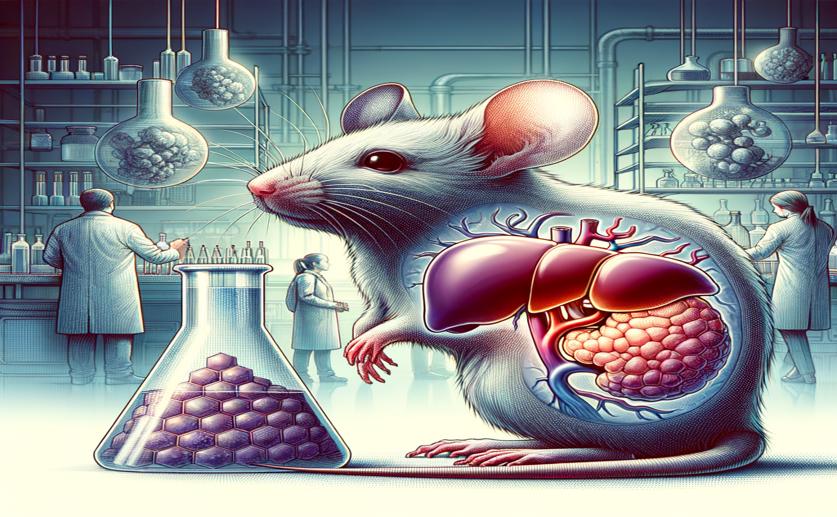
Early Exposure to Toxins Leads to Liver Damage in Mice
Jenn Hoskins
29th April, 2024

Image Source: Natural Science News, 2024
Key Findings
- Study conducted in Mexico found that arsenic and fluoride in drinking water can harm liver health, starting from the womb
- Mice exposed to these elements showed early liver stress, reduced antioxidants, and signs of potential liver scarring
- Despite some recovery, ongoing exposure led to persistent liver damage and disrupted energy production in liver cells
References
Main Study
1) Chronic Exposure to Arsenic and Fluoride Starting at Gestation Alters Liver Mitochondrial Protein Expression and Induces Early Onset of Liver Fibrosis in Male Mouse Offspring
Published 27th April, 2024
https://doi.org/10.1007/s12011-024-04198-1
Related Studies
2) Liver is a target of arsenic carcinogenesis.
3) Fluoride-induced oxidative stress is involved in the morphological damage and dysfunction of liver in female mice.
4) Estrogen Deficiency Aggravates Fluoride-Induced Liver Damage and Lipid Metabolism Disorder in Rats.
5) Molecular mechanisms underlying chemical liver injury.



 11th March, 2024 | Greg Howard
11th March, 2024 | Greg Howard